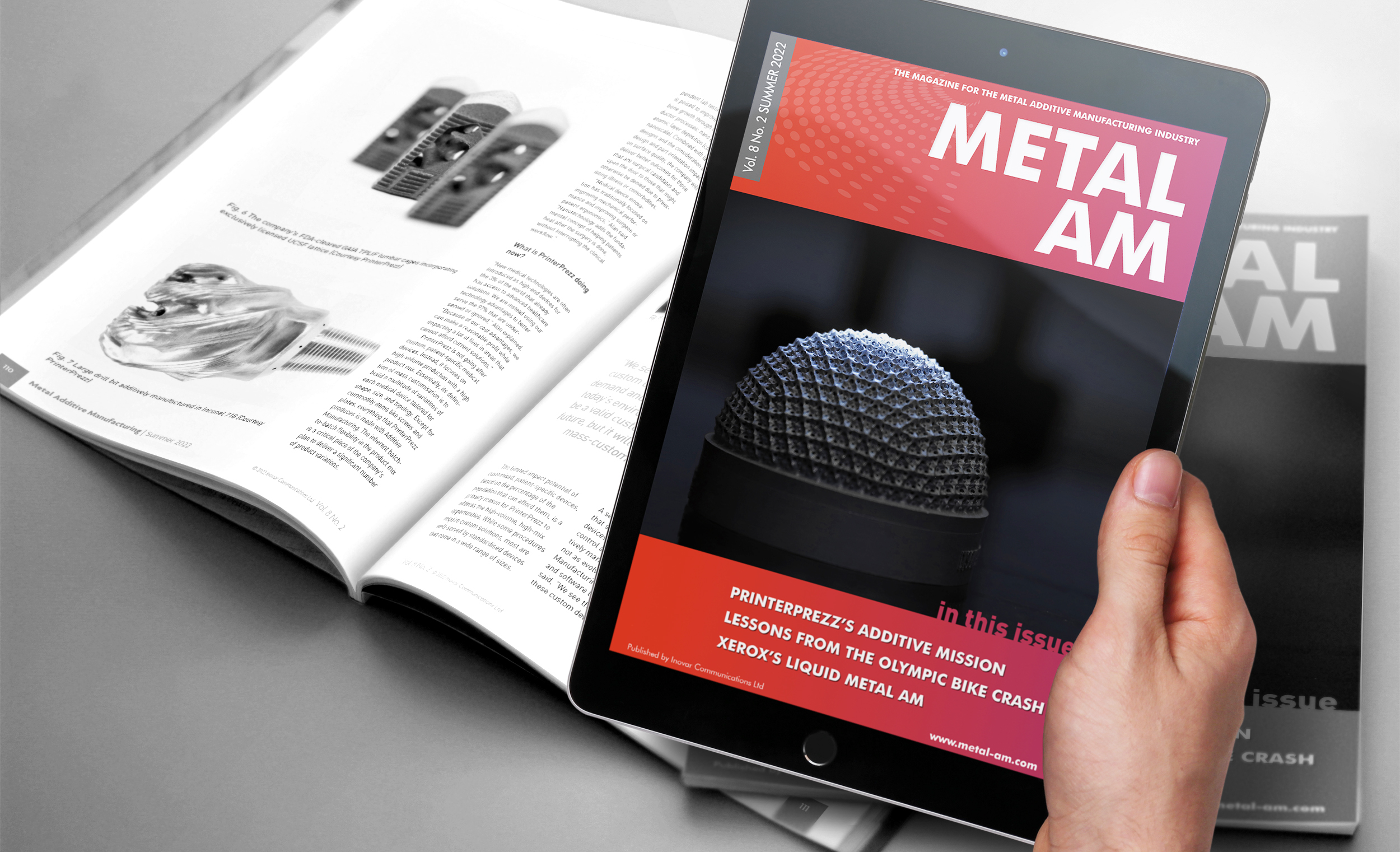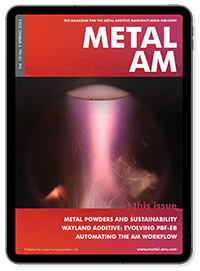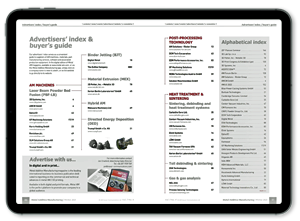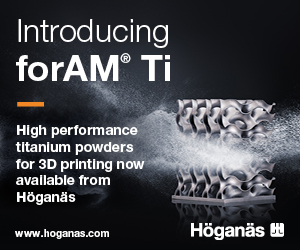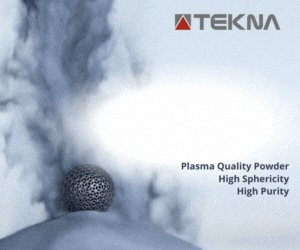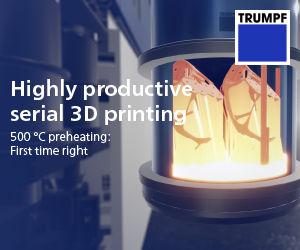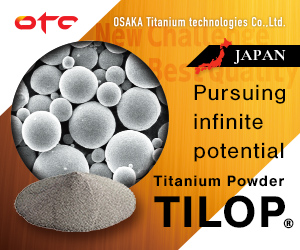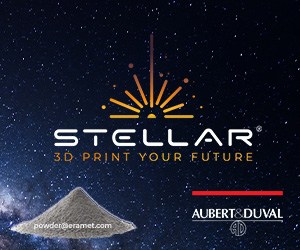UMass Amherst and Georgia Tech researchers produce ultra strong, ductile high-entropy alloys via AM
August 8, 2022
Researchers from the University of Massachusetts (UMass) Amherst and the Georgia Institute of Technology, USA, have published a paper entitled ‘Strong yet ductile nanolamellar high-entropy alloys by additive manufacturing’ in the journal Nature. It is hoped that the resultant high-entropy alloys will lead to better-performing components within the aerospace, medicine, energy and transportation fields.
The research team from the Multiscale Materials and Manufacturing Laboratory combined high-entropy alloys with Laser Beam Powder Bed Fusion (PBF-LB) Additive Manufacturing to develop materials with a net-like microstructure, made of alternating layers: face-centred and body-centred cubi (FCC and BCC, respectively) nanolamellar structures embedded in microscale eutectic colonies with random orientations.
“This unusual microstructure’s atomic rearrangement gives rise to ultra-high-strength as well as enhanced ductility, which is uncommon, because usually strong materials tend to be brittle,” stated Wen Chen, assistant professor of mechanical engineering, UMass. ”We got almost triple the strength [compared to conventional metal casting] and not only didn’t lose ductility but actually increased it simultaneously. For many applications, a combination of strength and ductility is key. Our findings are original and exciting for materials science and engineering alike.”
Ting Zhu, professor of mechanical engineering, Georgia Tech, led the researchers’ computational modelling by developing dual-phase crystal plasticity models to gauge the roles of the FCC and BCC nanolamellae and how the combination enables higher strength and ductility than traditional high-entropy alloys.
Jie Ren, Chen’s PhD student and paper co-author, added, “The ability to produce strong and ductile HEAs means that these 3D printed materials are more robust in resisting applied deformation, which is important for lightweight structural design for enhanced mechanical efficiency and energy saving.”
The paper is available here.



